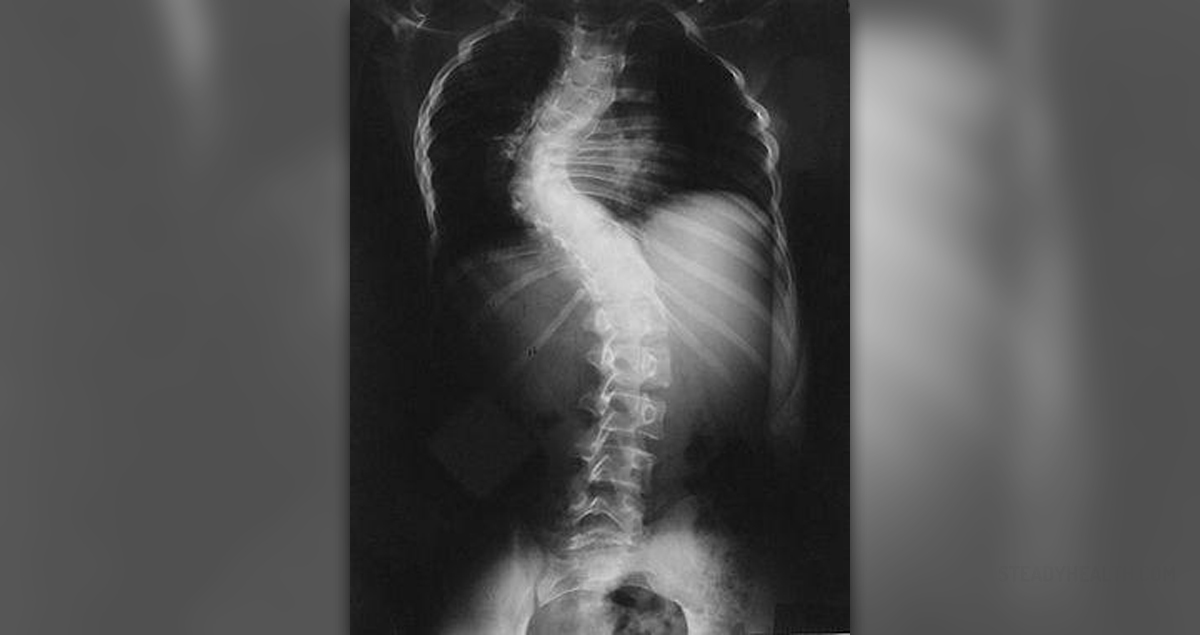
Scoliosis is a spine deformity. The condition features with a sideways curvature of the spine. It most commonly develops during the growth spurt right before puberty and during puberty. Even though in majority of cases scoliosis is not severe, some patients have to deal with excessive curving of the spine which makes additional problems such as reduction of the amount of space inside the chest cavity. This particular problem leads to inappropriate function of the lungs due to their misalignment.
Even though the actual cause of scoliosis has not been identified yet, majority of experts believe that this spine deformity is hereditary. The explanation is simple, scoliosis tends to run in families. Furthermore, scoliosis may result from other medical conditions such as neuromuscular conditions (cerebral palsy, muscular dystrophy etc.), birth defects (particularly those that affect the spine and its development) and arthritis. The condition also occurs in people whose one leg is longer than the other. And finally, the deformity may be associated with certain metabolic disorders and syndromes (Marfan's syndrome).
What Are Symptoms of Scoliosis?
Patients suffering from scoliosis have uneven shoulders, waist and hips. Furthermore, one of their shoulder blades is more prominent comparing to the other. In severe cases of scoliosis the spine rotates which is a reason why the ribs on one side of the body stick out farther comparing to the ribs on the opposite side of the chest. And finally, severe deformity is always accompanied by back pain and breathing difficulties.
Treatment for Scoliosis
In mild cases of scoliosis patients do not require any treatment. On the other hand, moderate and severe deformity must be treated either conservatively or surgically.
It is essential to monitor all cases of scoliosis every 4-6 months to see whether there is progression of the condition. More serious cases are treated according to an individual plan. Factors that determine treatment for scoliosis include gender (progression affects girls more than boys), severity of the deformity (large curves tend to progress with time), curve pattern (S-shaped curves are more serious comparing to C-shaped curves) and the location of the curve (the most significant progression is reported in curves located in the thoracic spine). Bone maturity is another factor that determines the type of treatment.
Treatment with braces is indicated in children who are still growing as well as patients with mild scoliosis. The goal of such treatment is not to straighten the excessive curve but to prevent further progression of the deformity. Braces can be worn during day or at night. This treatment is discontinued once the bones stop growing. There are two types of braces for patients suffering from scoliosis, underarm (low-profile) braces and Milwaukee braces. Apart from braces patients suffering from scoliosis may also benefit from physical therapy.
Only in case the deformity progresses the doctor may suggest surgery. Spinal fusion surgery is the surgical procedure performed to correct scoliosis. The surgery is quite successful and complications such as bleeding, infection, nerve damage and failure of the bone to heal rarely occur.
- www.nhs.uk/conditions/scoliosis/
- www.nhs.uk/conditions/scoliosis/treatment-in-children/
- Photo courtesy of Gkiokas A et al by Wikimedia Commons: commons.wikimedia.org/wiki/File:Scoliosis_recklinghausen.jpg


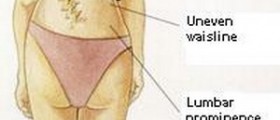

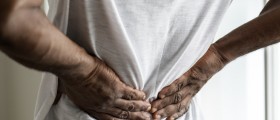
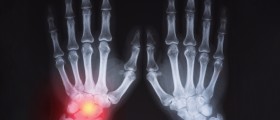
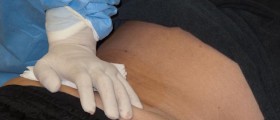
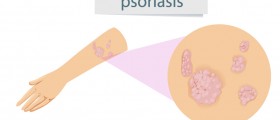
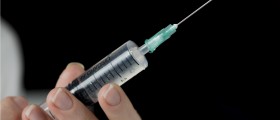







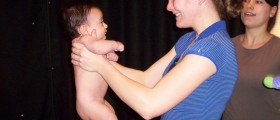
Your thoughts on this
Loading...